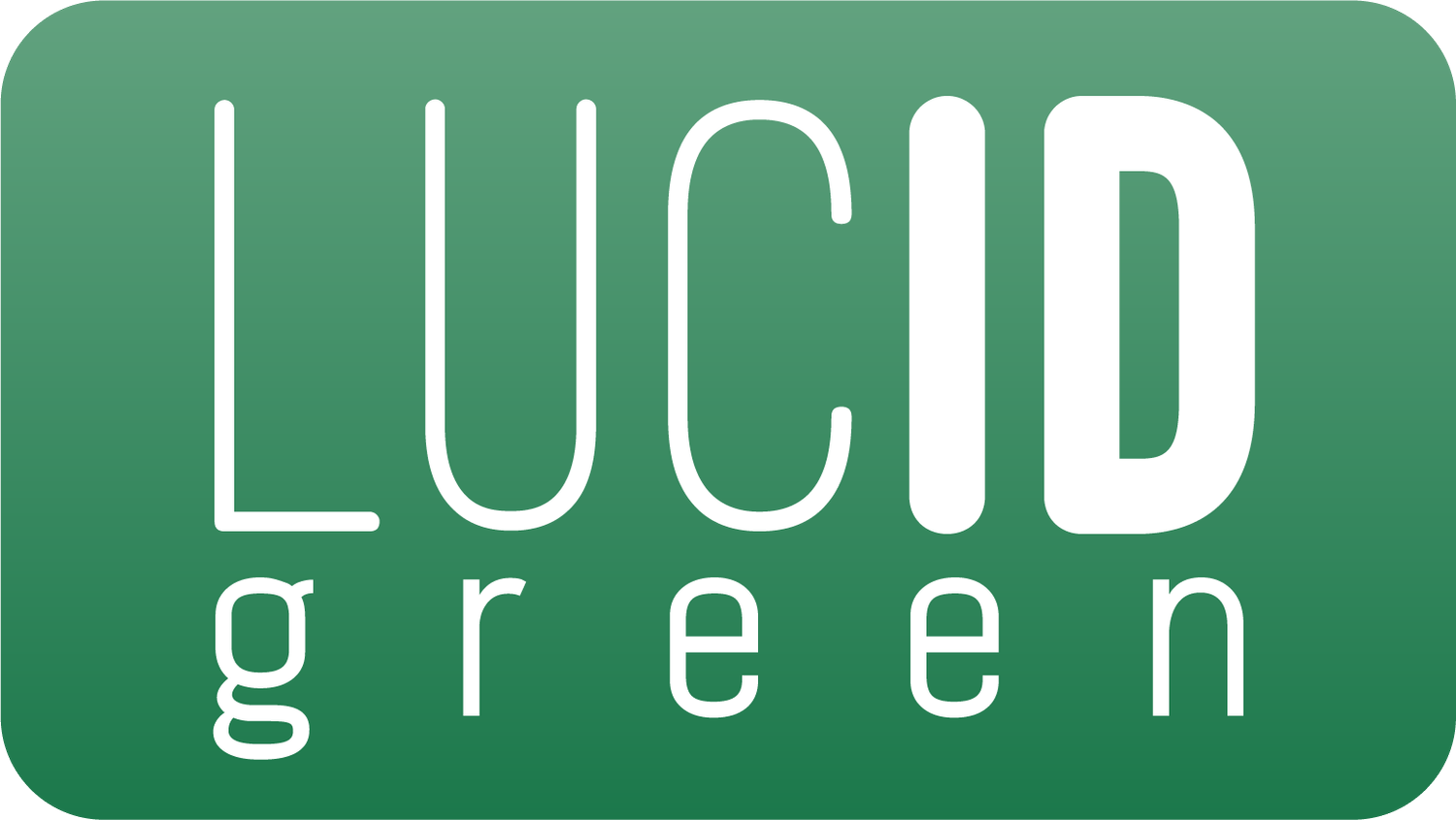NY should rely on technology to grow public’s confidence in cannabis
Written by Paul Botto, Article originally appeared on Syracuse.com
Paul Botto is president and co-founder of Lucid Green, an inventory management company based in Brooklyn.
The cannabis industry is one of the fastest-growing industries in the world. With emerging retail markets, the U.S. cannabis market is projected to reach $72 billion in legal sales by 2030. But despite this exponential growth, the cannabis industry is hamstrung by outdated processes.
Due to the complicated regulatory requirements and emerging nature of the industry, it hasn’t experienced many of the benefits technology can provide at scale. Widespread use of technology can help to grow the industry and create a more streamlined cannabis supply chain that reduces costs, and increases transparency and trust for all stakeholders.
As another retail market prepares to launch, its proposed regulations place the industry at a tipping point for other markets to follow its lead. New York is leading the way by incorporating innovative technology in its proposed regulations to ensure that its market is as efficient, safe and successful as possible.
Impact on consumers
Educating consumers will be key to growing New York’s market and the industry as a whole. The state has proposed a series of tech-forward regulations for packaging, labeling, advertising and testing requirements for cannabis products. One of the requirements calls for a scannable barcode or QR code to be included on cannabis products so that consumers can view verified product information, including the certification of analysis (COA), from a simple scan.
A product’s COA confirms the product meets safety and quality standards set by regulators. Some QR codes can even verify product authenticity, helping to prevent counterfeit and black market products from entering legal markets. For consumers, having a product verified and gaining direct access to the COA in an easily digestible and accessible format is a huge step forward in giving them additional information and confidence in their purchases.
Currently, the industry relies predominantly on high-level product classifications such as indica, sativa or hybrid with a heavy reliance on THC levels. These classifications, however, don’t provide much detail to consumers about exactly what is in the product or how it will affect them. A product’s COA goes beyond these high-level classifications and details what’s actually in the product. By having a product’s COA is easily accessible, the industry can better educate consumers about the product, giving them more insight and control into their experiences.
For the cannabis industry to continue to grow, consumers need to have confidence that they will have a safe and enjoyable experience. This industry isn’t growing because current cannabis users are purchasing more products. It’s growing because your family, friends and neighbors are beginning to have more information available to them to feel confident and informed about their purchase and experience.
Modernizing the supply chain
New York is projected to become the nation’s second-largest legal cannabis market, with an estimated $4.2 billion in legal sales within five years. As New York prepares to open its retail market, it has assessed the many obstacles stakeholders in the industry face to ensure its regulations position the market for success.
In addition to the superior consumer experience technology brings to the industry, every stakeholder in the supply chain will benefit from its widespread use. Currently, cannabis distributors and retailers are experiencing sub-optimized and heavy manual inventory management costs.
For distributors, this often means costly extra “touches” when managing inventory flow and order fulfillment. While retailers often experience a delay in getting products on their shelves and increased costs due to manual data entry and secondary stickering. On average, manual inventory management costs retailers more than $10,000 per store, per month — which can easily add up to millions each year.
Using the same QR codes described above, allows for dynamic product specific information, permitting brands, retailers and distributors to continue adding digital information about a product throughout its lifecycle and share it with their partners. This eliminates the extra “touches,” data entry and stickering steps. And by using this technology for their own internal efficiencies, brands, distributors and retailers are able to pay-forward that benefit, reducing costs and increasing sales for everyone.
A new market that leverages tech-forward regulations also positions social equity licensees for success by leveling the playing field. Social equity licensees typically have less access to capital so every dollar carries a heavier weight compared to some of the bigger players within the market. The dynamic information sharing ability of these types of QR codes helps social equity licensees open their stores faster by reducing costs and time spent on manual inventory management, and even highlight their social equity status in the results, making it easier to build trust with customers.
New York is close to proactively addressing problems within the industry with its tech-forward regulations. These should be a blueprint for other markets, and the future of the industry.

